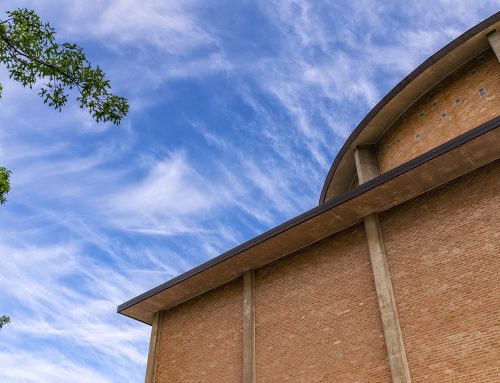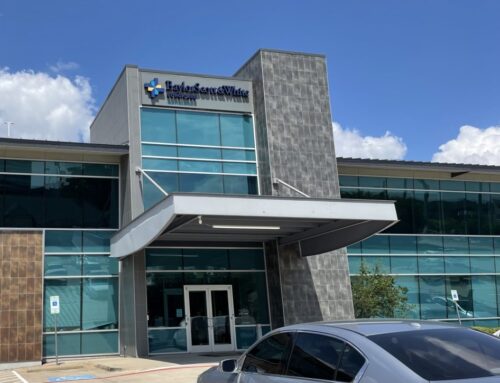 In the social circles of the Preston Hollow Early Childhood Association, incoming members almost always get the same two questions: “Are you new here?” and then “Where are your kids going to school?” Inevitably, the scales tip toward private education, and it’s hard not to follow suit, says Jennifer Bryarly, a neighborhood resident and former president of the PHECA.
In the social circles of the Preston Hollow Early Childhood Association, incoming members almost always get the same two questions: “Are you new here?” and then “Where are your kids going to school?” Inevitably, the scales tip toward private education, and it’s hard not to follow suit, says Jennifer Bryarly, a neighborhood resident and former president of the PHECA.
But it doesn’t always start out that way. “You don’t move into this neighborhood planning to go to private school,” she says. “Maybe half do.”
But that’s because most parents realize how hard it is to get into Dealey Montessori and then opt for private school — as was the case for Bryarly and many of her friends. In the Hillcrest community, few seriously consider Preston Hollow Elementary because of a variety of factors. For Bryarly, it was a not-so-great review from the few parents she knew whose children attend there and a negative Dallas Morning News article. (In 2009, we wrote about the strides the school made in quite a short time). And then there’s middle school to think about.
Some changes on the horizon for the Hillcrest schools may or may not change that attitude. Dallas ISD recently approved the International Baccalaureate Program for Hillcrest High School, Franklin Middle School and Preston Hollow Elementary. IB curriculum offers a coursework designed to develop critical thinking, research skills and cross-cultural learning. At the elementary and middle school level, it replaces the current curriculum. At the high school level, students can choose either path.
Mike Morath, DISD Trustee for the Hillcrest community who has an IB diploma himself, says IB is a way to “inject rigor into a campus” and requires students to be competent at two languages by the time they graduate.
PHE will be the first to apply for the Primary Years program in April, and there are two more upcoming information sessions available for those interested.
“I wish this was an option back when I was looking,” Bryarly says.
Morath notes that this isn’t just a way to get more middle class families to attend DISD (although they are important, given the extra time and support they often can provide to their schools). DISD still has to educate its majority — underprivileged children — and IB can help.
“60 percent of the state is free and reduced. 80 percent of DISD is free and reduced. If all we’re doing is trying to attract more middle class families, we might as well give up.”
Look for a full story in our February issue, due out in a couple of weeks.






